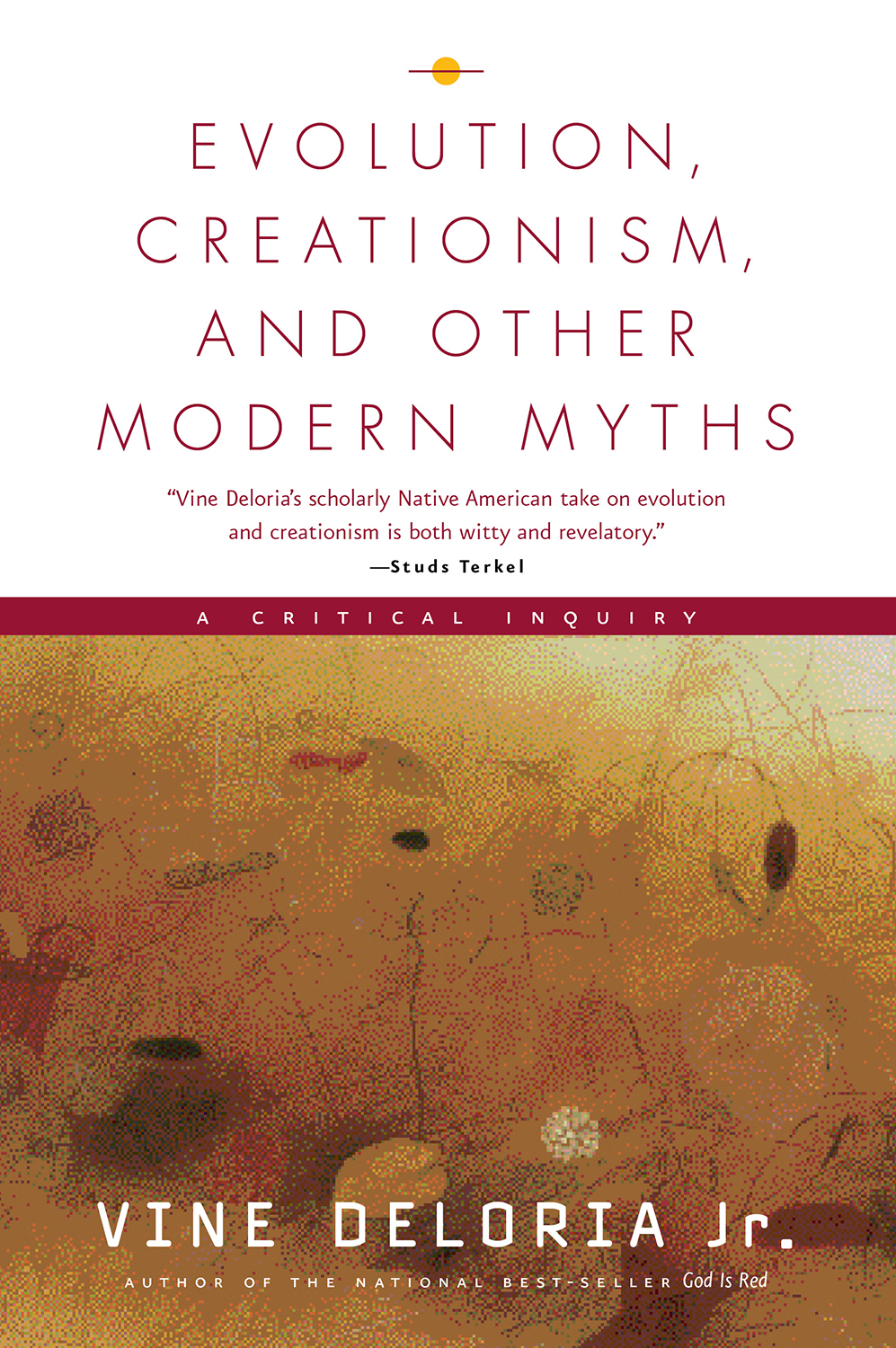OTHER FULCRUM BOOKS BY VINE DELORIA JR.
God Is Red
Power and Place (with Daniel R. Wildcat)
Red Earth, White Lies
Spirit & Reason: A Vine Deloria, Jr., Reader
ALSO BY VINE DELORIA JR.
The Aggressions of Civilization (edited with Sandra Cadwalader)
American Indian Policy in the Twentieth Century (edited)
American Indians, American Justice (with clifford Lytle)
Behind the Trail of Broken Treaties
Custer Died for Your Sins
Frank Waters, Man and Mystic (edited)
The Indian Affair
Indians of the Pacific Northwest
The Metaphysics of Modern Existence
The Nations Within (with Clifford Lytle)
Of Utmost Good Faith
A Sender of Words (edited)
Singing for a Spirit
We Talk, You Listen
EVOLUTION,
CREATIONISM,
AND OTHER
MODERN MYTHS
a critical inquiry
Vine Deloria Jr.
Fulcrum Publishing
Golden, Colorado
Text copyright Vine Deloria Jr.
All rights reserved. No part of this book may be reproduced, stored
in a retrieval system, or transmitted in any form or by any means,
electronic, mechanical, photocopying, recording, or otherwise, without written permission from the publisher.
Library of Congress Cataloging-in-Publication Data
Deloria, Vine.
Evolution, creationism, and other modern myths : a critical inquiry / Vine Deloria Jr.
p. cm.
Includes bibliographical references and index.
ISBN ---
. Religion and science.. Natural historyReligious aspects.
. Evolution (Biology)Religious aspects.. Creationism. I. Title.
BL .D
.dc
Printed in the United States of America
Editorial: Sam Scinta, Marlene Blessing, Deb Easter, Ellen Wheat
Cover design: Kristina Kachele
Interior design: Liz Jones
Cover painting: Solar Pond copyright Emmi Whitehorse, LewAllen Contemporary
Fulcrum Publishing
Table Mountain Parkway, Suite
Golden, Colorado
( ) - () -
www.fulcrum-books.com
CONTENTS
Introduction vii
Do We Need a Beginning?
The Nature of Science
The Primacy of Science
The Logic of Evolution
The Nature of the Present Earth History
The Nature of Religion
The Philosophy/Science of Other Religions
The Nature of History
Eorts at Synthesis
The Rocky Road Ahead
Endnotes
Bibliography
Index
INTRODUCTION
A couple of years ago the Kansas State Board of Education decided to de-emphasize the teaching of evolution in its curriculum, setting o a brouhaha of no small proportions. Commenting on the case, Harvard
paleontologist Stephen Jay Gould reminded us that Kansas has usually been associated with the land of Oz in our folklore and dogmatically declared e volution to be a factalthough his denition of a fact lacked certain logic in itself. Hordes of scientic Chicken Littles proclaimed the end of the intellectual enterprise, and school principals searched their classrooms for teachers who might be oering a critical analysis of Darwinism to minds as yet not fully shaped in beliefs approved by the scientic establishment. No matter that the bookstores were lled with volumes pointing out the aws and frauds inherent in the present articulation of evolution.
I followed this controversy with some fascination, since many well-regarded thinkers have issued consistent and prolonged criticism of Darwinism for decades. The astounding thing about the uproar was the knee-jerk reaction among academics, most of whom could not have spoken intelligently on evolution for ve minutes and who used examples that bore no resemblance whatsoever to evolutionary theory. I concluded that evolution had become a major tenet in our civil religion and, like patriotism and other generalities, was whatever anyone wanted it to be. More to the point was the realization that almost everyone involved in the debate had picked up their knowledge of scienti c theory from The New York Times Sunday science section, Newsweek, or USA Today. When I turned to various authorities, they seemed to know less than I didabout their own elds, in many cases.
The fundamentalists wisely hid in their bunkers during this struggle, since it was not at all clear that advocates of intelligent design and of the anthropic principle, which are intellectual ways of describing an anti-Darwin belief in patterns and purposes in nature, would come down on their side of the equation. It became clear that in addition to the age-old perspectives of science and religion, there was a third way of looking at the data, one that comforted neither the Darwinians nor the creationists. For nearly two thousand years we have believed that our solar system, indeed the cosmos itself, was a smoothly operating mechanism and that the Earth was a special project of either mother nature or god. Then the Shoemaker-Levy comet hit Jupiter, and studies of the meteor/asteroid/comet hits on our planet suggested that we live on a small bulls eye that has been frequently visited by monstrous disasters of cosmic origin.
Today we receive our scientic knowledge piecemeal from two-inch newspaper columns, and each discovery is trumpeted as arming what we already believe, so that only minor adjustments in our worldview need be made with each item. When enough discoveries begin to accumulate, however, t he
implications become clear: We need a major shift in our interpretation of data, and we can no longer cling to the other ways of understanding.
If each meteor hit exterminates close to percent of the living organisms on the planet, how can the Darwinian trees of life, which are supposed to show how creatures evolved, be produced? If a tsunami can deposit strata hundreds of feet thick in a matter of days, what does that imply about the validity of the slow erosion and deposition process, which has been taught as fact for more than a century?
When the smoke clears and we make all the proper adjustments in our thinking, we will come to understand that quite possibly we are not the rst humanoid species to live on this planet: that there is a rough repeating pattern in the Earths history in which the planet is transformed and new biospheres come into existence through processes of which we have not yet dreamed. This worldview is found in the traditions of non-Western peoples, including many tribal peoples. Such beliefs, which we may have previously rejected as childish superstitions, may turn out to be our only glimpse of the real planetary past.
This view, many people tell me, represents a retreat to the past. But non-Western people did not evolve their beliefs; they remembered events that they survived. We have cast aside these experiences because they did not t into a neat package that explained creation, be it yhwh or the Big Bang theory, and spent our time convincing ourselves that we are the only example of intelligence in the universe. Thus our present knowledge is illusory because we have excluded so much data that the anomalies now outweigh doctrinally compatible evidence.
This book sketches an outline for a new way of looking at the world. The footnotes refer primarily to newspaper articles that have announced our great triumphs, but their arrangement supports the emerging paradigm, not the old one in which they are now located. I oer no comfort to religious fundamentalists or evolutionists. The views of both are pass and represent only a quarrel within the Western belief system, not an accurate rendering of Earth history. Like my earlier book, Red Earth, White Lies, this book will initially be bitterly attacked by smug academics, later will appear as a supplementary reading, and nally will become a major part of some college courses.

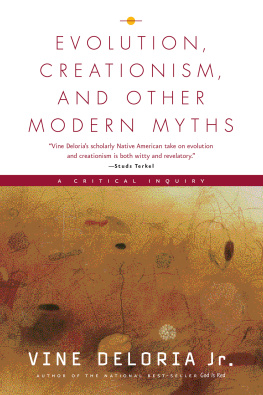
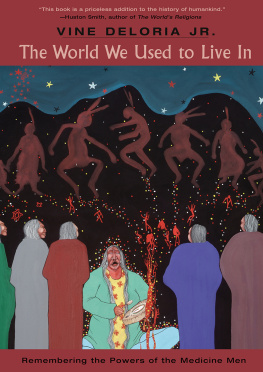


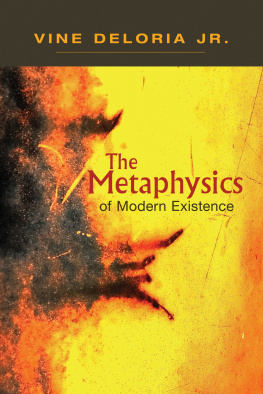
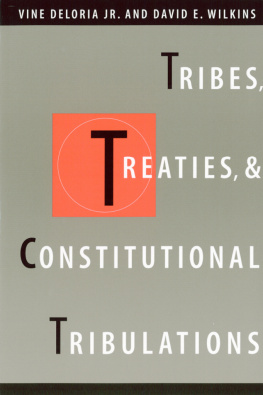
![Deloria Jr. - Behind the trail of broken treaties an Indian declaration of independence. [The goundbreaking work by the preeminent spokesperson for American Indian rights]](/uploads/posts/book/171989/thumbs/deloria-jr-behind-the-trail-of-broken-treaties.jpg)
